History shows that the First Generation Mustang was the right car at the right time, and few models before or since have generated the passion and sales success enjoyed by the original pony car. Ford repeated their perfect timing with the Mustang II, and it also sold in high numbers. The volumes never approached those of the earlier model, but there was no shame in the car’s sales figures. Our feature car is a 1976 Mustang II Cobra II that has fallen on hard times. It doesn’t make a great first impression and raises the question of whether it is a viable project or a potential donor. Located in Renton, Washington, you will find the Cobra II listed for sale here on Facebook. If cheap is genuinely cheerful, the asking price of $800 should potentially plaster a smile on someone’s face.
Before dismissing the Mustang II out of hand, it is worth considering a few facts. Admittedly, Ford derived the Mustang II from their successful Pinto, giving these classics humble roots and representing the source of some of the scorn heaped upon this model. However, the First Generation Mustang traces its roots back to the Falcon, so it was equally humble. Some criticize its dimensions, but the tape measure reveals that there is only a 6″ difference in overall length between the Mustang II and a ’66 Hardtop. Apart from the perceived performance deficiencies (which we’ll get to), the styling probably limited its appeal. Criticism may have been muted if the company had made a clean break as they eventually did with the Fox-Body models. The decision to carry over some of the design cues from its predecessors made the Mustang II look like a caricature, which was unfortunate. I’m glad the seller describes this classic’s paint color as Black because it is now so faded and moldy the color is difficult to determine from the supplied photos. It looks like it has spent many years in its current location, and given how damp it seems, that could be a bad omen. The Mustang II could suffer from rust issues, and this one’s cause won’t have been helped by its exposure to the prevailing weather. Before dismissing it entirely, I would advise an in-person inspection. I once saw an early Camaro that had spent years sitting up to its floor pans in mud. I expected it to snap in half due to significant rust problems when the owner dragged it from that location. Imagine my surprise when they not only towed it to dry ground successfully, but an inspection revealed nothing beyond surface corrosion. The floors required media blasting, but no cutting or welding was involved in the restoration process. I’m not saying that will be the case with this Ford, but I never say never on any project. It could spring a surprise. The distinctive Cobra II features like the hood scoop, spoilers and wheels remain intact, and even if the car’s fate rests as a donor, there are enough salvageable parts to justify the asking price.
One of the criticisms leveled against the Mustang II on its release was the lack of a V8 option. This proved a fortuitous decision because the car came to market as the energy crisis bit deeply into the American hip pocket. Fuel shortages were legendary, and the buying public clamored for efficient vehicles. As with its predecessor, the Mustang II was the right car at the right price, with 296,041 buyers handing over their cash. That figure falls well short of the record-breaking 1966 total, but you had to rewind the clock to 1968 to find a year when its predecessor achieved better numbers. By 1975, Ford had addressed the V8 question, and our ’76 Cobra II features the venerable 302ci V8 that produced 134hp. A three-speed automatic transmission is bolted to the V8, while power steering would have taken some of the hard work out of the driving experience. Performance of the Cobra II lagged behind its pony car rivals, taking 17.7 seconds to cover the ¼ mile. Once again, I feel compelled to spring to the Mustang II’s defense because if you lined it up beside a 302-equipped ’73 Mach 1, our feature car would have broken the timing beam first. This Cobra II appears complete, but I suspect it has been many years since it moved under its own power. It isn’t clear whether the engine turns freely, but it might roar back into life easily if it does. Otherwise, it could be a candidate for a rebuild, or if all else fails, it would make a pretty decent boat anchor!
The seller supplies a single interior shot of this Cobra II. The longer I look at it, the happier I become that it doesn’t come with a sense of smell. The accumulated mold suggests it would be pretty swampy and not a pleasant experience. That indicates that many of the cloth components will be fit for scrap, while items like the seat foam will suffer a similar fate. However, nothing appears to be missing. If considered purely as a parts car, there are plenty of salvageable items for other project builds or for the buyer to sell if they part out this classic.
Many enthusiasts quickly dismiss Ford’s Mustang II, and it seems understandable if you compare its styling and performance with what its predecessor offered a decade earlier. However, the world was a different place in 1976, with emission and safety regulations strangling vehicle performance and fuel prices creeping ever upwards. Something had to give, and the poor performance models seemed to cop the worst of it. It would take another decade before manufacturers delved successfully into the black arts of engine management systems and fuel injection to claw back the lost ground. Therefore, it was left to cars like the Mustang II to carry the performance torch through those dark days until better times arrived. Ford sold 188,567 examples of the Mustang II in 1976, with 25,259 buyers paying the extra cash for the privilege of owning a Cobra II. How many survive today is unclear, but do you think our feature car would add to that tally? Or are its days as a roadgoing classic behind it?





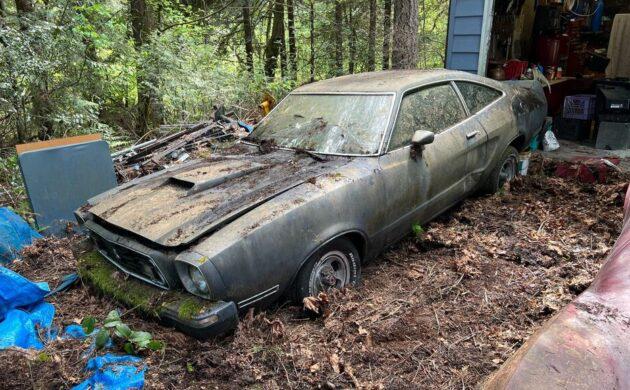
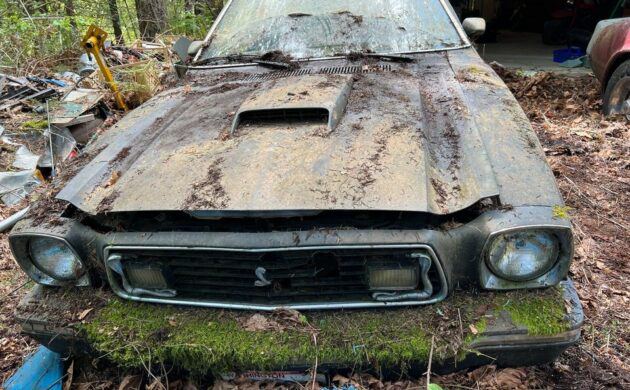
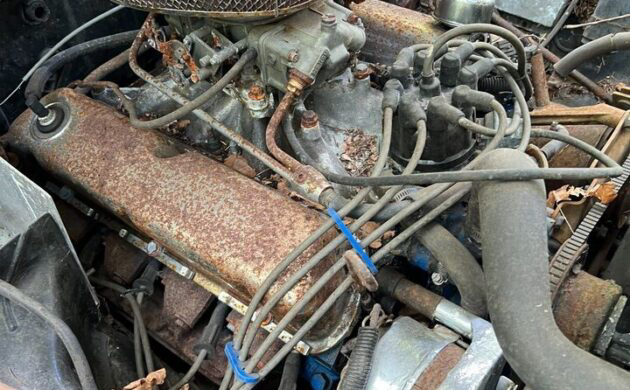
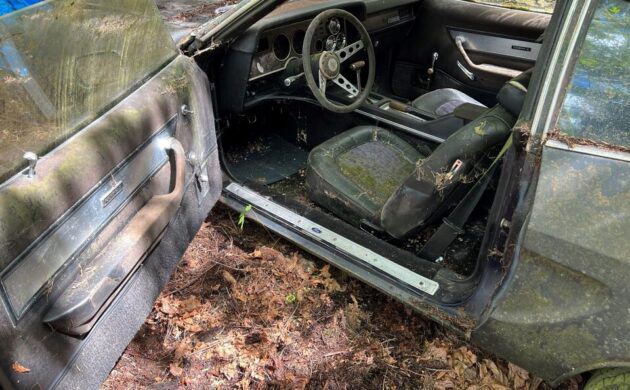


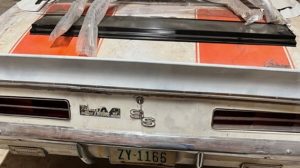
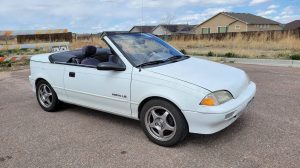


Would buying this be considered “Going Green”?
Good, thorough write-up Adam, except for one common misconception: From a design or engineering perspective, the Mustang II was not “derived” from the Pinto. Beyond common items within a given manufacturer (powertrains, switchgear, etc.), they had little in common. Now if you mean that they were both small, inexpensive cars designed to appeal to the masses, and as such products of their time, I’ll grant you that.
The Mustang II over recent years has picked up more respect, with prices rising accordingly. I have a friend who has restored a few, and he reports that finding useable parts is very difficult. Maybe this one can help another one survive.
I know they weren’t a glorified pinto but I always thought they were because of the gear selector and the high drive line tunnel like the pinto had
That front suspension design is still sold, to aftermarket hotrod parts suppliers it’s a staple. The oil embargo of the time and emissions really slapped the auto industry. There were no computers. Fuel injection was expensive, these were most cars of the era mondaine.
The Mustang II uses Pinto suspension front and rear basically it a rebodied Pinto
One tired pony. Shoot it.
I would rather shoot the owner.
Sale pending!
When I first looked at the frontend picture I was left scratching my head. I must admit I had to find a factory picture of the same car to confirm that they did not in fact come with cobras at each end of the grille.
I also see a corvette sneaking into a couple of pictures there too. I wonder what the story is on that as well….
One too many zeros.
I think this thing looks perfect right where it is, nature has a very good start on this thing I suggest letting nature finish it’s work!
I think I know the area in Renton, WA. Very dark, foresty and a moss paradise.
yep- thats the n/w I will be in that area thusdayThis does intrest me a bit Maybe go look at it. it might clean up,but the underside worries me.